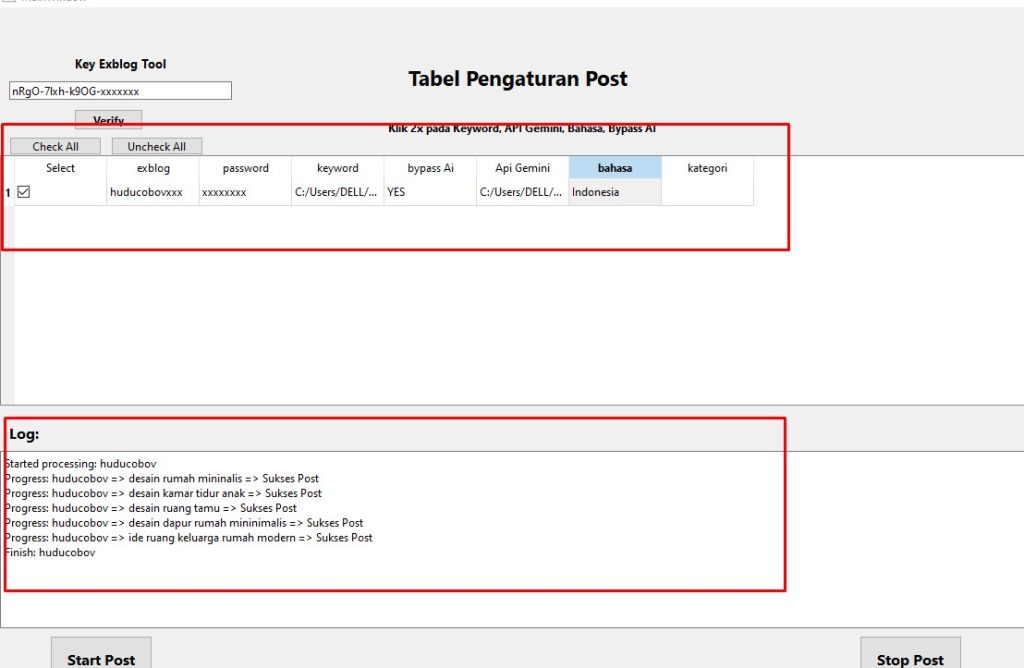In a world saturated with digital experiences, online games have become an integral part of our leisure time. While some seek thrilling adventures and competitive battles, others find solace and creative fulfillment in virtual realms that allow them to express their artistic flair and design aspirations. Enter the captivating world of online home design games, where imagination reigns supreme and the possibilities for transforming virtual spaces are endless.
These immersive games offer a unique blend of creativity, strategy, and fun, catering to a diverse audience of aspiring interior designers, home décor enthusiasts, and anyone seeking an engaging and stress-relieving pastime. From meticulously crafting dream kitchens to curating stylish living rooms, online home design games empower you to unleash your inner architect and bring your design visions to life.
Join us on a journey through the captivating world of online home design games, exploring their diverse genres, captivating features, and the endless possibilities they offer for unleashing your creativity and discovering your design prowess.
A World of Design Possibilities: Exploring the Genres of Online Home Design Games
The world of online home design games is incredibly diverse, offering a multitude of experiences to suit every taste and skill level. From casual puzzle games to elaborate simulation experiences, there’s a design game out there for everyone. Let’s delve into some of the most popular genres:
1. Room Makeover and Decoration Games:
These games are perfect for those who love the thrill of transforming a space with a few well-placed furniture pieces and decorative accents. Players are presented with a room, often a bedroom, living room, or kitchen, and tasked with decorating it according to a specific theme or budget. Players can choose from a vast array of furniture, accessories, paint colors, and wallpaper to create their dream space.
Some popular examples of room makeover games include:
- Design Home : This highly-rated game challenges players to design rooms based on real-life client requests, offering a taste of the professional design world.
- My Home Design : This game features a wide array of customizable options and a constantly updating library of furniture and décor, keeping the design possibilities fresh and exciting.
- Redecor : This game emphasizes competition, allowing players to vote on each other’s designs and earn rewards for their creativity.
2. Home Building and Simulation Games:
For those who dream of building their own dream home from the ground up, home building and simulation games provide the ultimate creative outlet. These games allow players to design every aspect of their virtual abode, from laying the foundation and choosing the exterior style to meticulously arranging furniture and decorating each room.
Here are a few examples of popular home building games:
- The Sims : This iconic franchise allows players to build houses, create characters, and manage their lives in a virtual world. The freedom to design and customize is extensive, making it a favorite among home design enthusiasts.
- Animal Crossing : This charming game encourages players to build and decorate their own homes, collecting furniture and items from various sources to create a unique and personalized space.
- House Flipper : This game combines home building and renovation, allowing players to purchase rundown properties, renovate them, and flip them for profit.
3. Interior Design Puzzle Games:
These games offer a more casual and brain-teasing approach to home design. Players are presented with a series of puzzles that involve arranging furniture and décor to create a harmonious and visually appealing space. These games often feature time limits and scoring systems, adding an element of challenge and competition.
Some examples of interior design puzzle games include:
- Home Design: Match Master : This game combines the elements of puzzle games and home design, requiring players to match tiles to earn rewards and unlock new furniture and décor items.
- Interior Design Puzzle : This game features a variety of levels with different design challenges, encouraging players to experiment with different layouts and styles.
More Than Just Pretty Pictures: The Benefits of Playing Online Home Design Games
While online home design games are undoubtedly fun and engaging, they offer much more than just a form of entertainment. They provide a platform for creativity, self-expression, and even skill development. Let’s explore some of the key benefits of diving into the virtual world of design:
1. Unleash Your Creativity:
Online home design games offer a safe space to experiment with different design styles and explore your artistic vision without any real-world limitations or costs. Whether you’re a seasoned design enthusiast or a complete beginner, these games empower you to bring your design ideas to life.
You can experiment with bold color palettes, experiment with different textures and patterns, and curate unique and personalized spaces that reflect your individual style and preferences. This freedom to express your creativity without fear of judgment can be immensely liberating and rewarding.
2. Enhance Your Design Skills:
Many online home design games offer a valuable learning experience, teaching players about design principles, color theory, and furniture arrangement. As you progress through the game, you’ll gain a better understanding of how to create harmonious and aesthetically pleasing spaces.
You’ll learn to consider factors such as scale, proportion, balance, and flow, developing your design intuition and improving your ability to create functional and visually appealing spaces.
3. Boost Your Confidence:
By successfully creating stunning virtual spaces, you can build confidence in your design abilities, which can translate into real-life situations. You might find yourself more comfortable giving advice on home décor, approaching interior design projects with greater confidence, or even pursuing a career in design.
4. Provide Stress Relief and Relaxation:
The act of designing and decorating can be incredibly therapeutic, offering a much-needed escape from the stresses of everyday life. Immersing yourself in the creative process of designing virtual spaces can be a great way to unwind and de-stress, providing a sense of calm and satisfaction.
Choosing the Right Game for You: A Guide to Finding Your Perfect Design Adventure
With so many online home design games available, choosing the right one for you can feel overwhelming. To help you navigate this exciting world of virtual design, here are some factors to consider when making your choice:
1. Your Design Preferences:
Consider what aspects of home design excite you the most. Do you prefer transforming individual rooms, designing entire houses, or tackling specific design challenges?
If you’re drawn to the thrill of creating a dream kitchen or a stylish living room, a room makeover and decoration game might be the perfect fit. If you’re more interested in building houses from the ground up, a home building and simulation game will allow you to unleash your architectural aspirations.
2. Your Skill Level:
Are you a seasoned designer or just starting your design journey? Consider your experience level and choose a game that matches your current skill set. Some games offer tutorials and guides to help beginners get started, while others cater to experienced players with more complex challenges and design options.
3. Your Preferred Gameplay Style:
Do you prefer a casual and relaxed gameplay experience or a more challenging and competitive environment? Some games prioritize creative expression and exploration, while others focus on competition, scoring, and time constraints.
If you enjoy the thrill of completing puzzles and earning rewards, an interior design puzzle game might be more appealing. If you prefer a more immersive and open-ended experience, a home building and simulation game might be your perfect match.
4. The Available Features and Content:
Explore the features and content offered by different games. Do they provide a wide range of furniture and décor options? Do they offer customization features to personalize your designs? Do they include social features to share your creations and connect with other players?
5. The Game’s User Interface and Graphics:
Choose a game with a user interface that’s easy to navigate and intuitive to use. The graphics should be visually appealing and engaging, enhancing your enjoyment of the design process.
6. The Game’s Community and Support:
Consider the game’s community and support system. Does it have a vibrant online community where you can share your designs, get inspiration, and connect with other players? Does the game offer tutorials, guides, and customer support to help you navigate the game and its features?
From Virtual Dreams to Real-Life Inspiration: Bridging the Gap Between Online Design and Your Home
While online home design games offer a world of creative possibilities in the virtual realm, their impact can extend far beyond the screen. The design skills and inspiration you gain from these games can be applied to your real-life home décor projects.
Here are some ways to bridge the gap between virtual design and your own home:
1. Experiment with Design Styles:
Use online design games as a playground to experiment with different design styles, exploring various color palettes, furniture arrangements, and decorative accents. This can help you discover your personal design preferences and identify what resonates with you.
2. Plan Your Home Décor Projects:
Utilize online design tools within the games to plan your real-life home décor projects. Experiment with different furniture layouts, color schemes, and accent pieces in a virtual environment before committing to any changes in your physical space.
3. Gather Inspiration:
Browse the designs created by other players in online design communities to find inspiration for your own home. Pay attention to the creative use of furniture, the harmonious blend of colors, and the unique details that make each design stand out.
4. Learn New Design Techniques:
The tutorials and guides offered in many online home design games can teach you valuable design techniques that you can apply to your own projects. Learn about color theory, balance, scale, and other design principles to create visually appealing and functional spaces.
Conclusion: A World of Creativity and Endless Possibilities
Online home design games offer a unique and engaging experience that blends creativity, strategy, and fun. Whether you’re seeking a relaxing escape, a way to express your artistic flair, or a platform to enhance your design skills, these virtual worlds have something to offer everyone.
From transforming virtual rooms to building dream homes, online home design games provide endless possibilities for exploring your design vision, discovering your personal style, and bringing your design aspirations to life.















